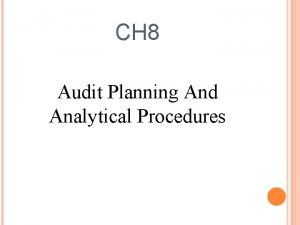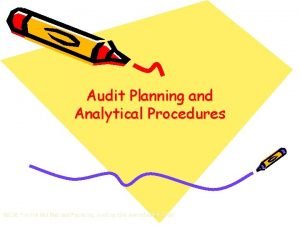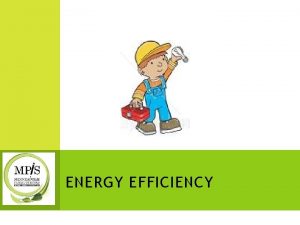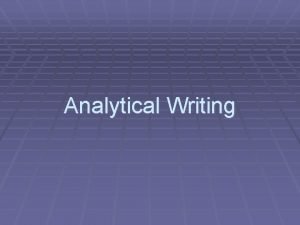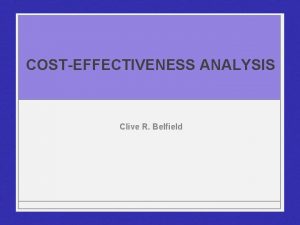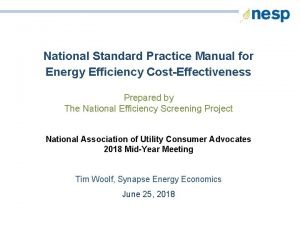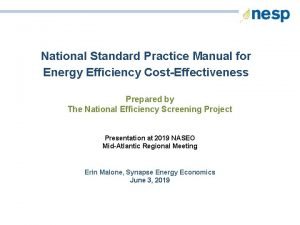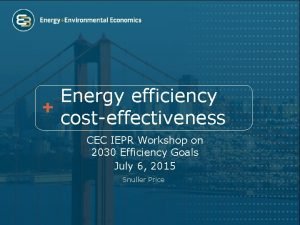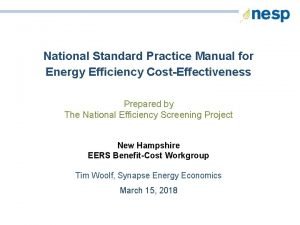Energy Efficiency Program Planning Costeffectiveness Analytical Components LeastCost








- Slides: 8

Energy Efficiency Program Planning & Cost-effectiveness Analytical Components

Least-Cost Procurement: Timeline & Key Milestones • 2006: RI Comprehensive Energy Conservation, Efficiency and Affordability Act (i. e. Least Cost Procurement) 1996 RI Public Utilities Restructuring Act 2012: First Triennial Plan Filed • • 2010: Revenue Decoupling and LCP extended to gas 2006: Creation of first Natural Gas legislation 1996 – 2006 Flat fee set for electric programs only 1996 RI enacted electric restructuring legislation AKA: Rhode island’s Public Utilities Restructuring Act of 1996. – Created the nation’s first public benefit fund • • 2011: Targets set for 20122014 Triennial Plan • • • Funded through the SBC Flat Fee set between 1996 and 2006 – Only electric programs 2002: separated DSM (90%) and Renewable (10%) charges 2006: Rhode Island Comprehensive Energy Conservation, Efficiency, & Affordability Act (i. e. Least-cost Procurement) Startup phase: 2006 -2008, Programs started 2010: Revenue Decoupling

Least Cost Procurement Standards • About: The Standards are guidelines for least cost energy efficiency plans. • Last updated: June, 2017 • Prescribed guidelines for: Three-Year Plans Annual Plans System Reliability Plans

The Three-Year Planning Process At a Glance ‘ 17 ‘ 18 ‘ 19 ‘ 20 Targets Three-Year Plan EM&V Plan Drafts 2020 2019 Implement EM&V 2018 Plan Drafts Implement EM&V Annual Plans Plan Drafts Plan Implement EM&V

Setting Energy Savings Targets EM&V Three-Year Plan

Setting Energy Savings Targets • First step of the 3 -year planning process. • EERMC responsible for drafting and filing with the PUC • Works closely with N-Grid, OER, and Collaborative. • Targets are set on a triennial basis and are completed a year in advance of a completed 3 -year plan. • Targets cost-effective potential and proposes energy savings targets for PUC consideration. • Targets are developed to serve as guideposts as the utility develops its 3 -Year Plan and more detailed Annual Plans.

The Three-Year Plans Targets Annual Plans Three-Year Plan System Reliability Plans

The Role of the EERMC • The Role of the EERMC for the three year and annual planning process: – – – Set Targets Review/ provide Input on Plan drafts Work with C-team to understand key topics/ issues Develop and submit cost-effectiveness memo to the PUC Sign on to the “Settlement of the Parties” (i. e. The Plan)
 Saudi energy efficiency program
Saudi energy efficiency program Renewable energy and energy efficiency partnership
Renewable energy and energy efficiency partnership Productive inefficiency and allocative inefficiency
Productive inefficiency and allocative inefficiency Allocative efficiency vs productive efficiency
Allocative efficiency vs productive efficiency Productive inefficiency and allocative inefficiency
Productive inefficiency and allocative inefficiency Lie of the land
Lie of the land Moser framework tools
Moser framework tools Audit planning and analytical procedures
Audit planning and analytical procedures Audit planning and analytical procedures
Audit planning and analytical procedures







